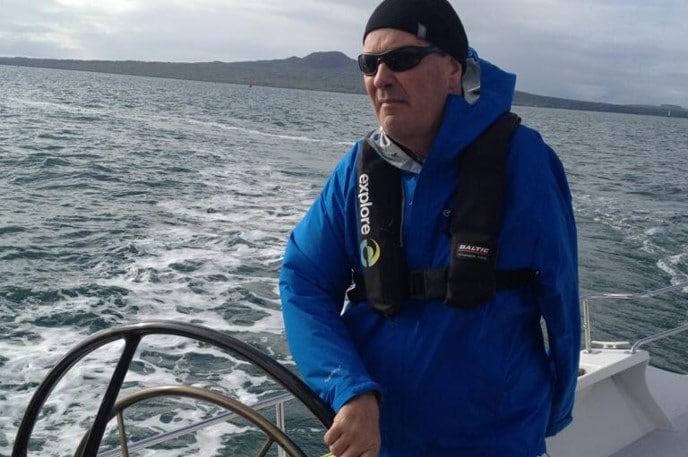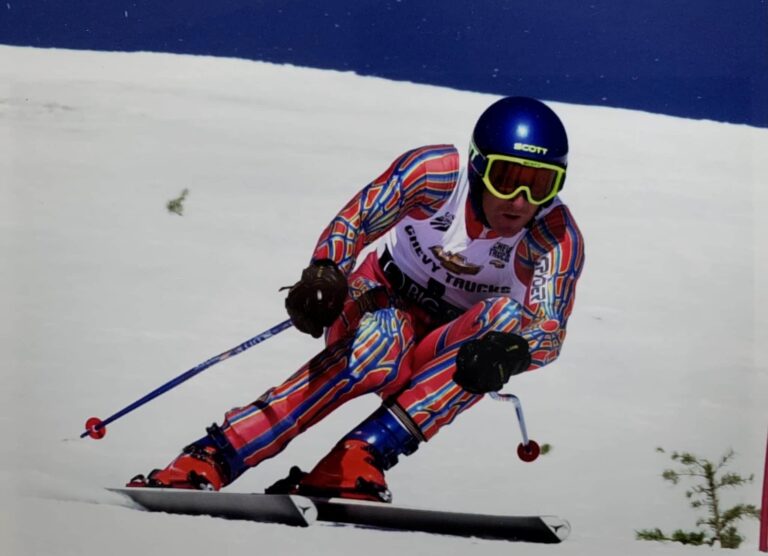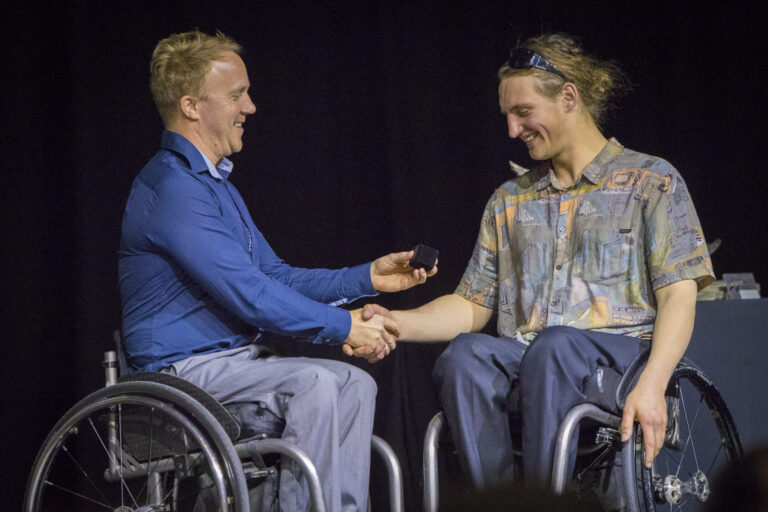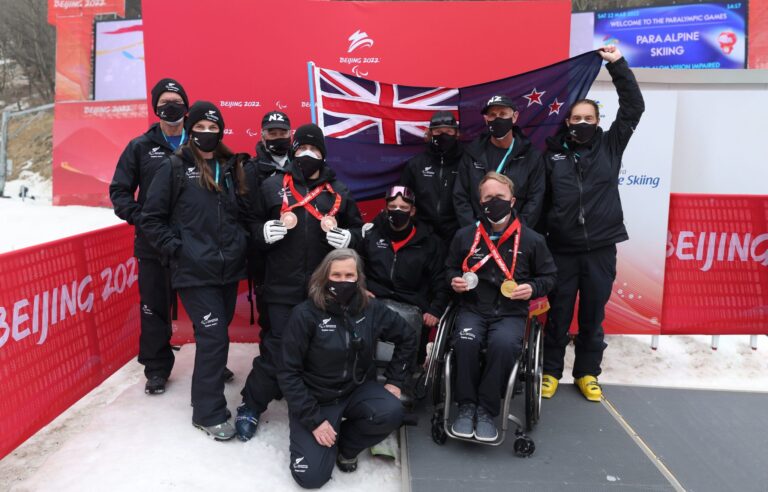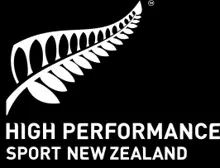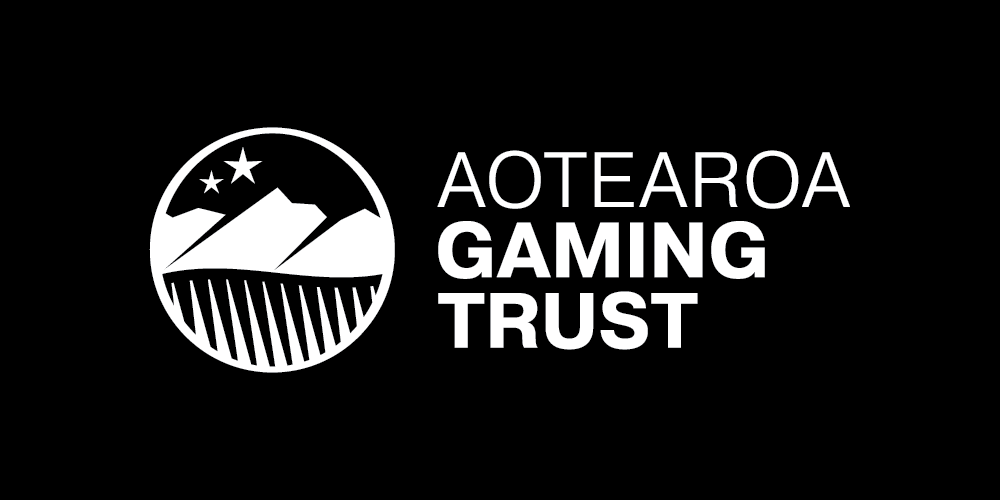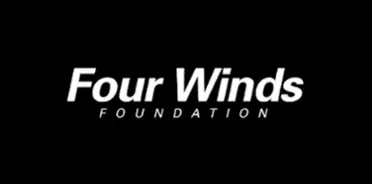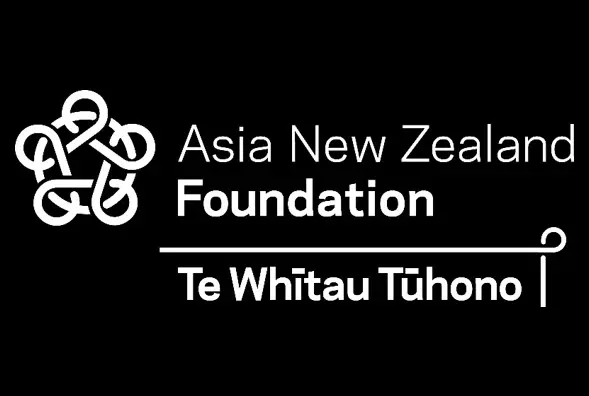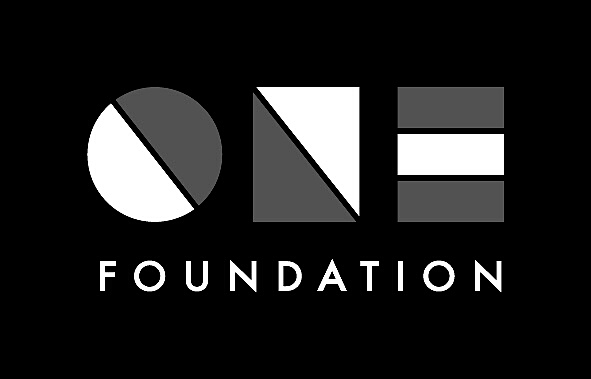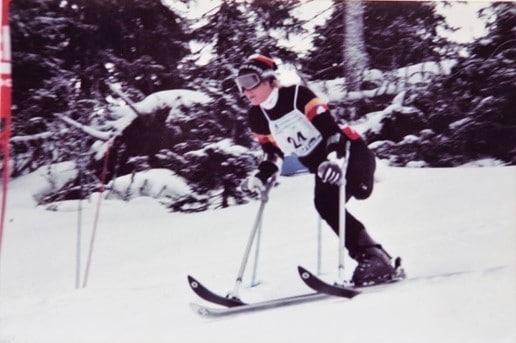
Para alpine skiing
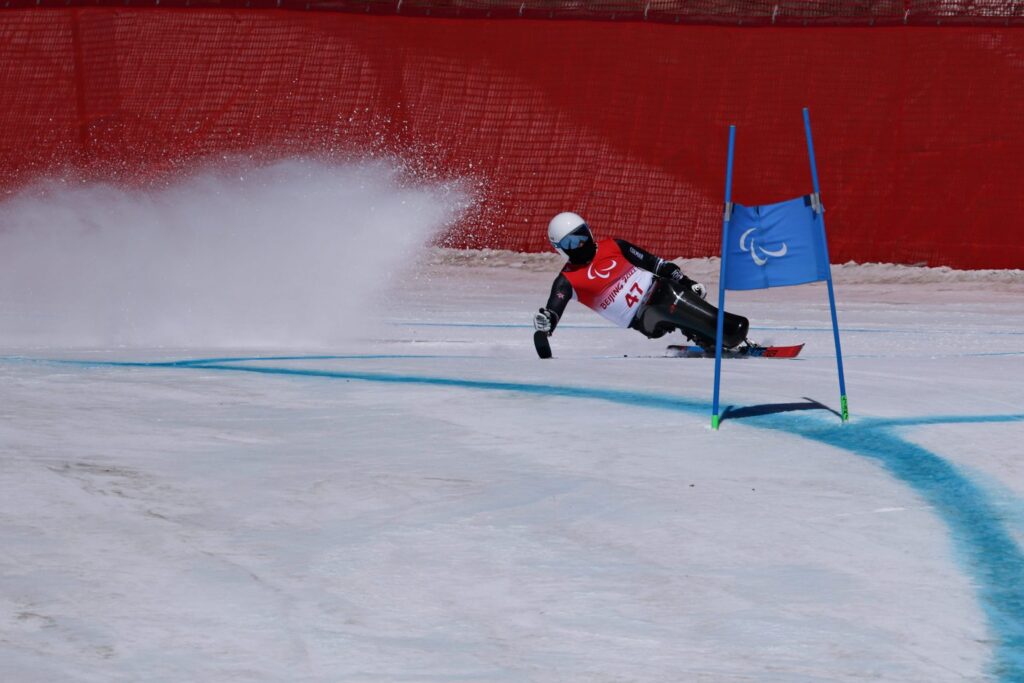
What is Para alpine skiing?
Paralympic alpine skiing is an adaptation of alpine or downhill skiing for athletes with a disability.
History of Para alpine skiing
It came about from the efforts of disabled veterans from Germany and Austria during and after World War II. Alpine skiing was one of the first sports at the first Winter Paralympics in 1976.
How do you compete in Para alpine skiing?
Para alpine skiing is now practiced worldwide and is one of two Para alpine (or downhill) sports – the other being Para snowboard. It features five disciplines: Downhill, Slalom, Giant Slalom, Super-G and Super Combined. Downhill and Super-G are speed disciplines, while Slalom and Giant Slalom are technical disciplines. Super Combined includes one speed race and one slalom run. Para athletes combine speed and agility while racing down slopes at speeds of around 100 km/h.
Who can compete in Para alpine skiing?
Para athletes compete in three categories based on their functional ability, and the results calculation system allows Para athletes with different impairments to compete against each other.
The rules of the International Ski Federation (FIS) are used with only a few modifications. Skiers with blindness/visual impairment are guided through the course by sighted guides using voice signals to indicate the course to follow. Athletes with physical disabilities use equipment that is adapted to their needs including single skis, sit-skis or orthopaedic aids.
Para alpine skiing in New Zealand
Para alpine skiing is New Zealand’s most popular winter Para sport.
New Zealand has seen many incredible Para alpine skiers compete at the Winter Paralympics since New Zealand’s first appearance in 1980. Paralympian #85 Mathew Butson achieved the biggest medal haul in a single Winter Paralympics. Paralympian #55 Patrick Cooper is New Zealand’s most decorated Winter Paralympian overall.
Adaptive Snow Sports Programmes are currently offered at most New Zealand ski resorts, with opportunities to progress to the international level. Register your interest now!
For more information on Para alpine skiing visit International Paralympic Committee Alpine Skiing.
